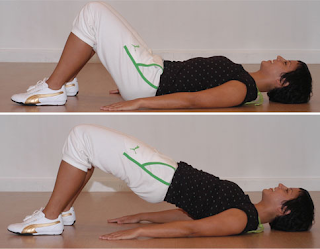The last piece of this puzzle is proper diet. Not only is this essential to a person’s physical well-being, it also helps alleviate the main dilemma that we have wanted to solve since the beginning – menstrual cramps.
Although some women are fortunate enough to find relief with pain medications, a more natural approach to alleviate menstrual cramps is through a good/healthy diet.

• Reduce your consumption of salt, sugar and caffeine
(especially during the week before your period).
Chocolates, coffee and soda are big NO-NO’s. =( I know.
I love them, too. =(
Take note, it’s only “reduce”, not “remove” sugar and salt. You could potentially suffer from low blood sugar and fatigue because of the blood loss during your period.
 • Increase your intake of calcium-rich foods such as milk and yogurt. Calcium levels decrease about a week to 10 days before the start of your period which can cause PMS-related (premenstrual syndrome) cramping, sleepless nights and depression.
• Increase your intake of calcium-rich foods such as milk and yogurt. Calcium levels decrease about a week to 10 days before the start of your period which can cause PMS-related (premenstrual syndrome) cramping, sleepless nights and depression.No need to worry, fellow lactose-intolerants. We have green leafy veggies and calcium supplements (remember to consult your doctor for safe and appropriate dosage) to save us from calcium deficiency.

• Avoid red meat (steaks and burgers). It can actually bring on the influx of prostaglandins (pain chemical that causes uterine spasm) into the tissue. Instead, choose low fat proteins like chicken and fish.
Having 6 small meals is what I prefer than 3 large meals a day. It aids in keeping blood sugar levels up and supplies enough energy to make it through the day (including my workout routine).
Eat a variety of fruits, vegetables, lean proteins, whole grains, healthful oils and (except lactose-intolerants) low-fat dairy products throughout the month to keep your body in balance and prevent menstrual cramps during your period.
 |
| ..never thought i'd be able to go ziplining during my period!.. =) |
Living healthy indeed has great benefits. It was through a friend who regularly works out in a fitness gym/center (who “was overweight” and “was” also suffering from dysmenorrhea) that I learned about the good news. Just give it a try and see for yourself.
But remember that these things only relieve primary dysmenorrhea, that which does not have any underlying cause (disease/disorder). In cases of secondary dysmenorrhea, it is best to consult your doctor and discuss treatment.












